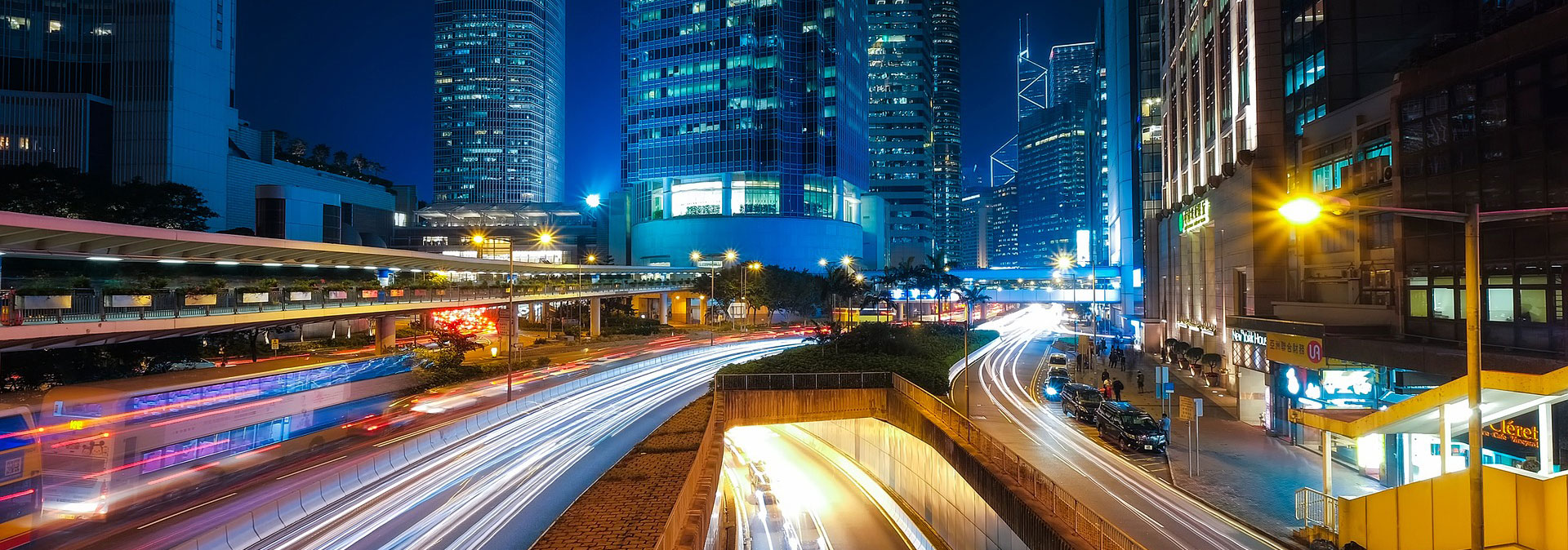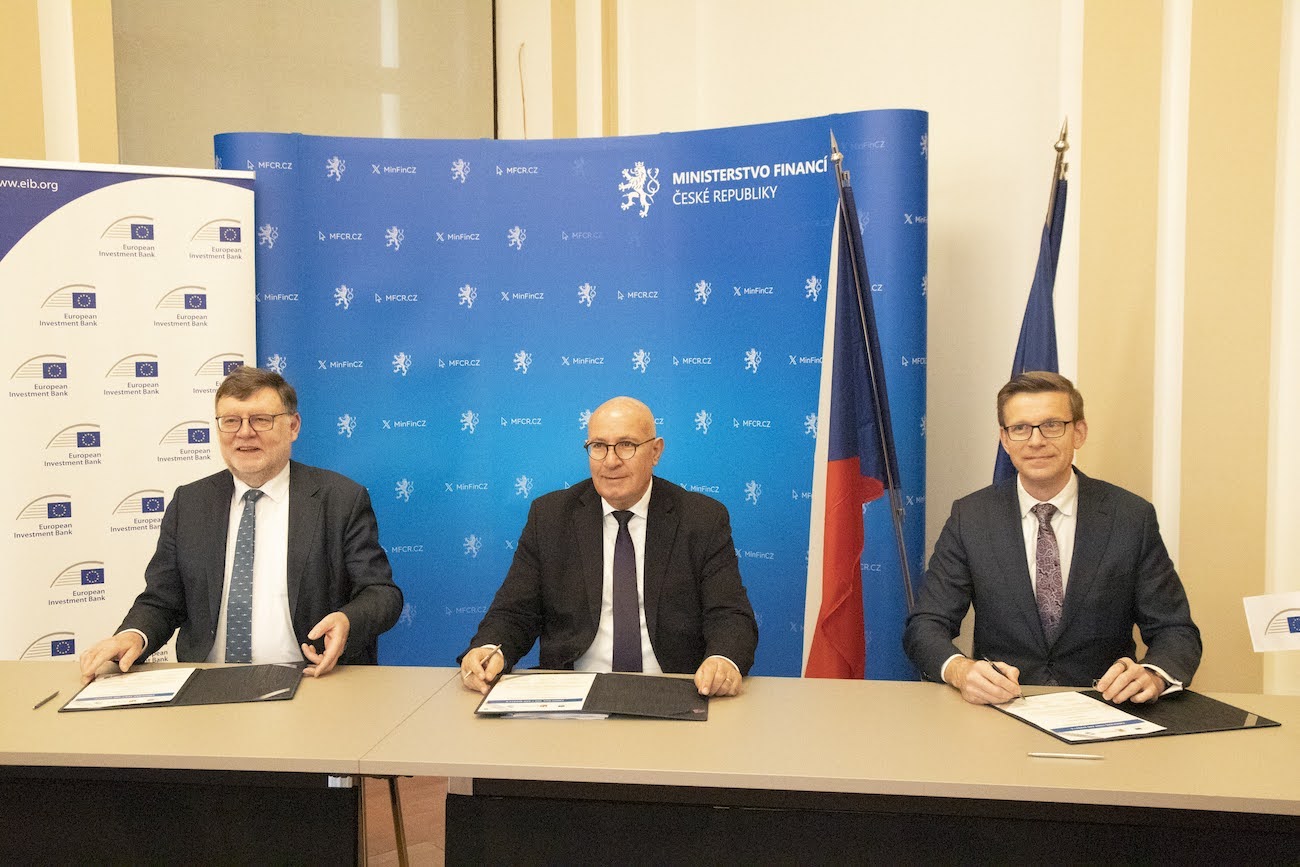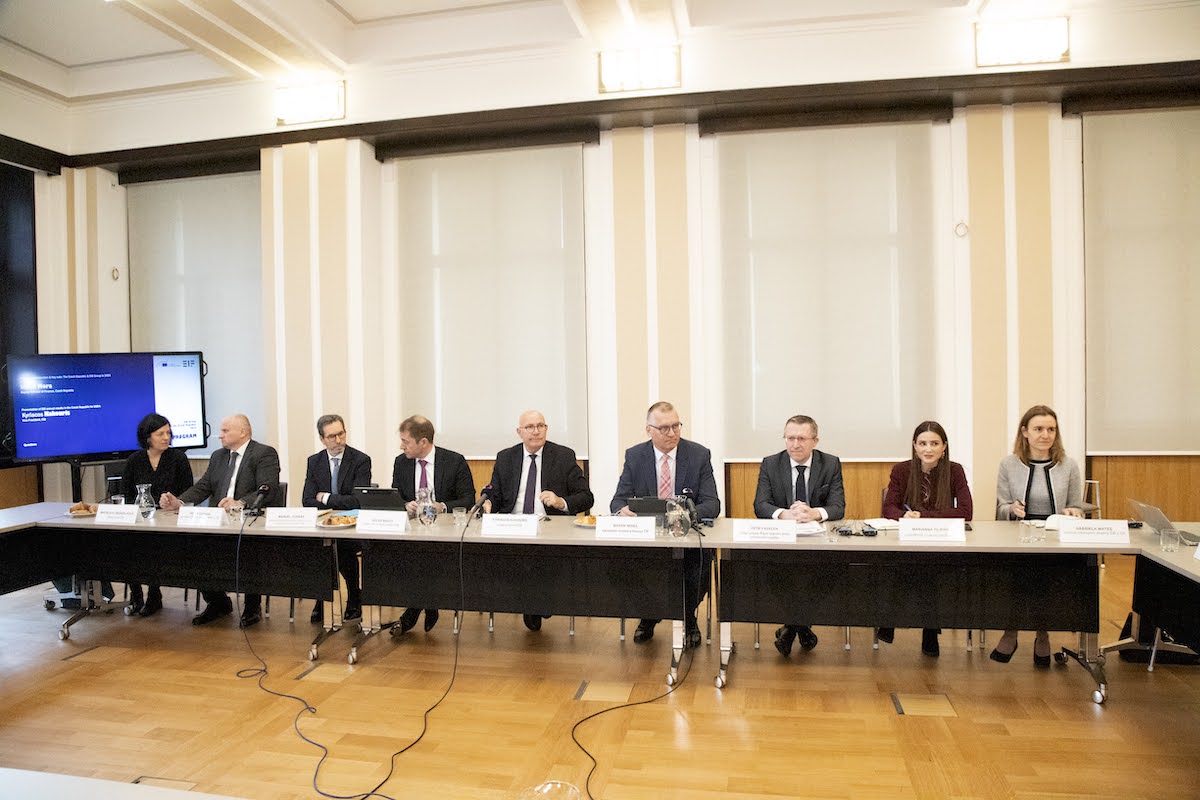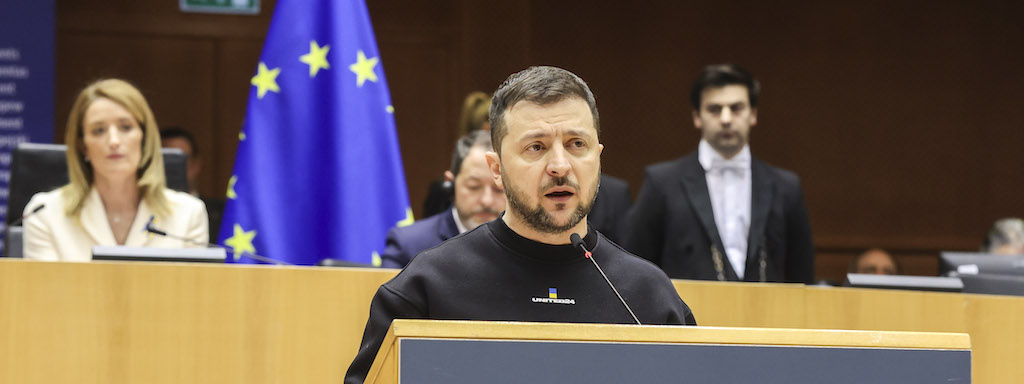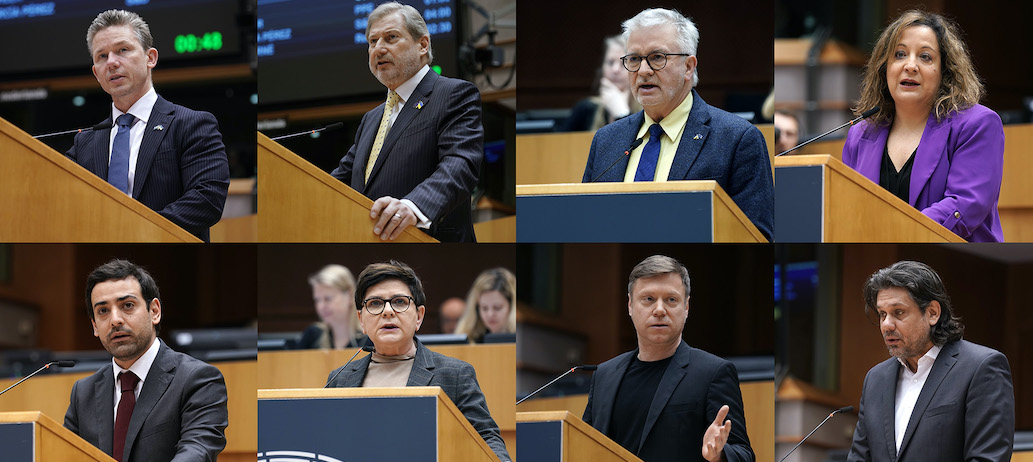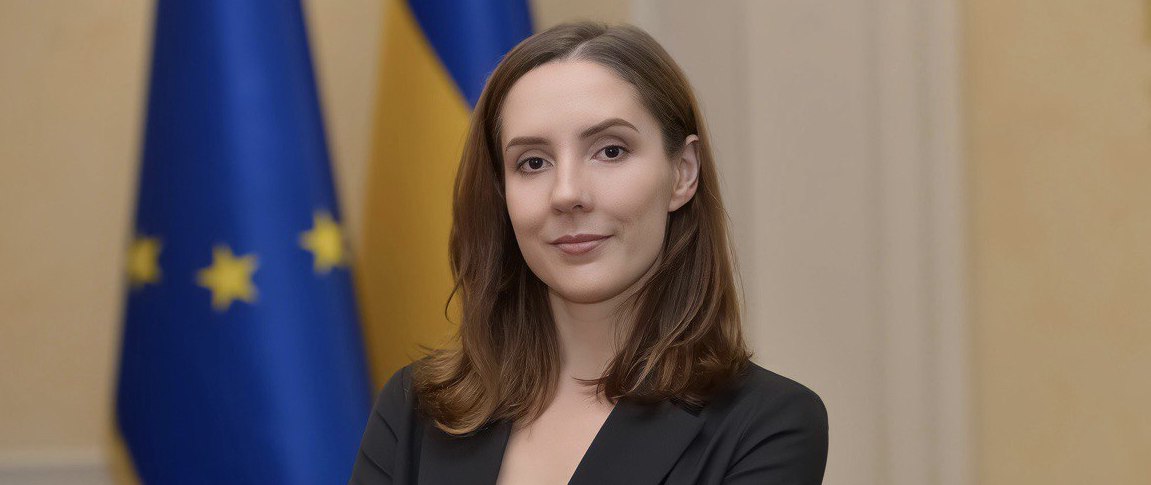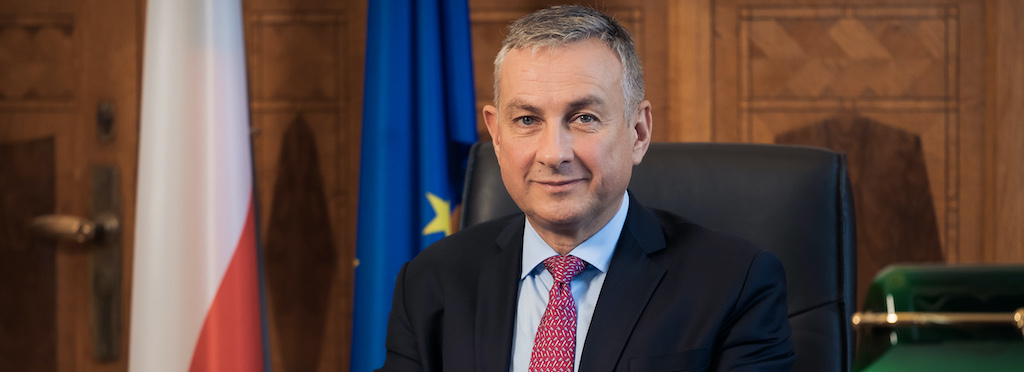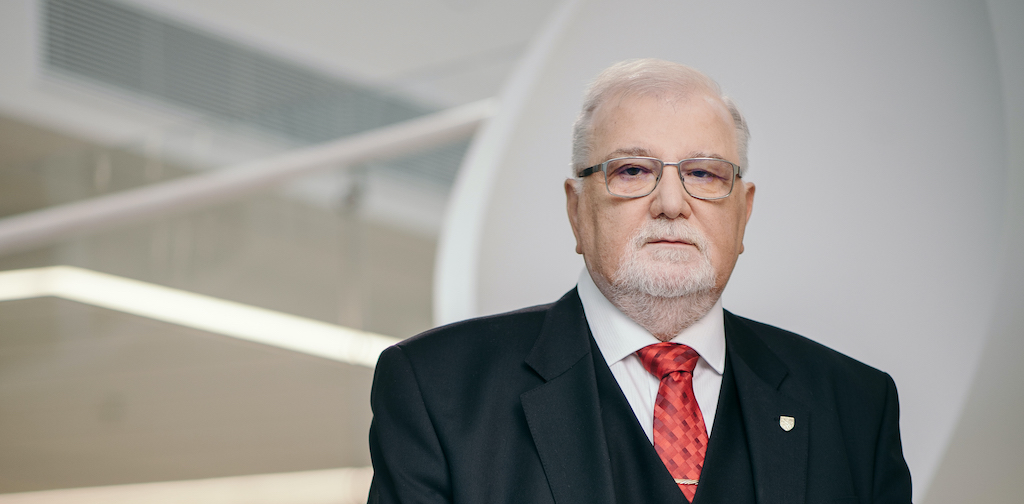What if tomorrow we reloaded his vehicle while driving? The limited range and price of the electric vehicle often act as a brake on the purchase, as does the availability and power of the charging stations.
The concept of dynamic charging could favor the massive adoption of electric vehicles by transferring part of the energy vector to the infrastructure.
The New Charging Technologies working group led by Leonard, Vinci’s foresight and innovation platform, which brings together the expertise of Eurovia, Vinci Autoroutes and Vinci Energies, is currently exploring dynamic load solutions in collaboration with key players. sector (industrial and research centers).
The potential of induction charging
The road will be able tomorrow to supply electricity to electric vehicles. To do this, there are three technologies that exist. Among the latest innovations tested, the catenary load allows high power transfer ratios, and benefits from the experience gained by some industrialists of the railway world.
“Because it requires a lot of maintenance, creates visual pollution, and above all is not interoperable between several types of vehicles, we did not retain this solution because more suitable for trucks “, explains Didier Deschanel, Director of Innovation Eurovia.
For its part, the conductive rail load uses different configurations of mechanized arms that come into contact with a cable located at the bottom of a trench, or a conductive strip located on the surface of the roadway.
Some challenges remain related to cleaning or deicing at the bottom of the trenches, or related to the risk of damage to the articulated arms in case of sudden maneuvers or presence of objects on the road.
“This solution requires a lot of maintenance for the rail to be operational. In case of snow or frost, for example, it becomes very complicated “, adds Pierre Delaigue, director projects mobilities connected, autonomous and electric at Vinci.
Although studies are still needed for industrial integration of coils in pavement structures, induction solutions seem to have the most potential because of their low maintenance costs, the absence of visual pollution and the lack of air pollution. interoperability between vehicles that they allow.
“It consists in equipping the roadway with loops in which a current is circulated which creates an electromagnetic field captured by a receiving loop fixed under the vehicle. In this way, it transmits electrical energy to the vehicle, “said Didier Deschanel.
At present, this technology has operated in the laboratory and on test tracks (Satory Plateau, near Versailles) with relatively short distances.
“Thanks to a call for projects that we have won, we will be able to test longer portions with vehicle speeds of 130 km / h“, note Pierre Delaigue. The idea, ultimately, is to equip highways.
How many kilometers does it take to recharge the car?
It depends on the available charging power. “ One of the approaches would be to not recharge or unload your vehicle while driving. The infrastructure would just provide the electric motor with the energy needed for highway mobility. When leaving the motorway at the end of the trip, the user would have the same battery level as when he / she entered the motorway, thus being able to reach his / her final destination. The idea is to compensate mobility needs at a time T without having to use the amount of energy embedded in the car , “says Didier Deschanel.
And the power grid in all this?
“Our estimates arrive at an energy requirement of 2MW / km assuming continuous coverage of a motorway lane. As this power requirement is distributed linearly along the network, the sizing of the electricity transmission and distribution infrastructure would be less restrictive than in the case of high-powered charging stations located at a given geographical point.“, note from his side Arnaud Banner, Technical Director and Innovation of Omexom.
What economic model?
As on any highway, the user pays the distance traveled via the toll. The price of energy by induction should thus be reflected on its ticket. The motorist driving in an electric vehicle will thus pay for the use according to the kilowatt hour or the kilometer consumed.
“Ultimately, our goal is to democratize the electric vehicle by reducing the cost of the battery on board“, says Didier Deschanel.




